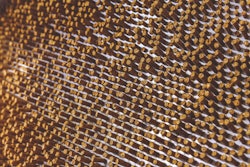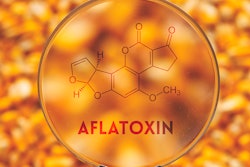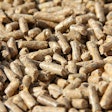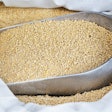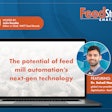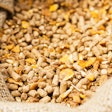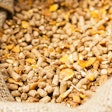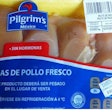
A study of the livestock feed situation in the 28 member states of the EU reveals small reductions in the total feed supply in the region and the level of self-sufficiency in feed proteins.
Shortage of rainfall reduced the growth and availability of forages compared with the previous season, according to the European Commission (EC) in its recently published 2018-19 EU feed protein balance sheet.
Feed ingredients use in the EU 2018-19
Over the year, 180.7 million metric tons (mmt) of crops were used for animal feeds, of which 153.4 mmt were of EU origin. The great majority of these crops were categorized as cereals (grains), which totaled 175.9 mmt, of which 149.3 mmt or 85% were grown in the EU. At 24.2 mmt, corn was the only grain to have been imported in significant quantities. Corn, common wheat and durum wheat were the most widely used grains in EU feeds in 2018-19.
Other crops used in feeds were whole oilseeds (1.6 mmt; all home-grown) and pulses (3.2 mmt, 2.6 mmt of EU origin).
Of all plant-based co-products in feeds, 47.3 mmt were produced in the EU of the total 85.3 mmt used. Obtained from distilling/ethanol, flour milling and sugar production, 31.6 mmt of the 34.4 mmt products in the “other coproducts” category were produced within the EU.
A total of 54.1 mmt of oilseed meals were used in livestock feeds in 2018-19. Just 16.3 mmt were of EU origin, making the region heavily dependent on imports, particularly for soybean meal. EU states produced just 1.1 mmt of the 29.7 mmt used in the region for animal production.
For non-plant feed ingredients — food wastes, processed animal proteins, fish meal, whey powder and skim milk powder — the EU produced 8.2 mmt of the 8.4 mmt used in feeds.
All of the 1.242 billion metric tons of forages fed in the EU in 2018-19 was grown in the region. Of the total, 942 mmt was grass, and 237 mmt corn silage.
Compared with the previous year’s figures, demand for feed and for feed protein were lower in absolute terms because of reductions in the cattle and pig populations in the EU.
Authors of the analysis noted two trends compared to the previous year: These were an increase in imports of corn, and a shift in use toward soybean meal at the expense of rapeseed and sunflower meals.
Feed protein self-sufficiency slips in the EU
The EC study uses the harvest and feed use figures to examine how these translate into crude protein self-sufficiency in the EU in 2018-19.
At 83 mmt, the total protein feed supply was 4% lower than in the previous year. Feed use of this protein amounted to 64 mmt, leading to a self-sufficiency of 77%.
By virtue of the large tonnages involved and local production, the EU was also self-sufficient in forage protein in 2018-19. This category supplied 42% of the region’s crude protein requirements for feeds.
The second-placed category was plant co-products, which accounted for 32% of the total protein needs. Oilseed meals alone provided 26% of the total, and 16% was supplied in the form of soybean meal. In terms of crude protein, just 3% of the soybean meal used in the EU was produced within the region. For rapeseed meal and sunflower meal, the levels of self-sufficiency in protein terms were 79% and 52%, respectively.
Of the total crude protein requirements for feeds, 23% came from crops, with grains alone supplying 21%, and whole oilseeds and pulses just 1% each.
The remaining 3% of the crude protein used in animal nutrition in the EU during 2018-19 came from the non-plant sources.
Overall, the EC figures point to high levels of EU self-sufficiency for very high-, medium-, and low-protein feed ingredients at 96%, 83% and 87%, respectively. As in 2017-18, it is for raw materials described as “high-pro” (30-50% protein content) that the region is most dependent on imports. The region supplied just 29% of its requirements in this category, which includes most of the oilseed meals, whole soybeans and lupin meal.
In the previous study, the EU was calculated to be close to 80% self-sufficient in crude protein for livestock feeds on a total use of 85 mmt in 2017-18.



